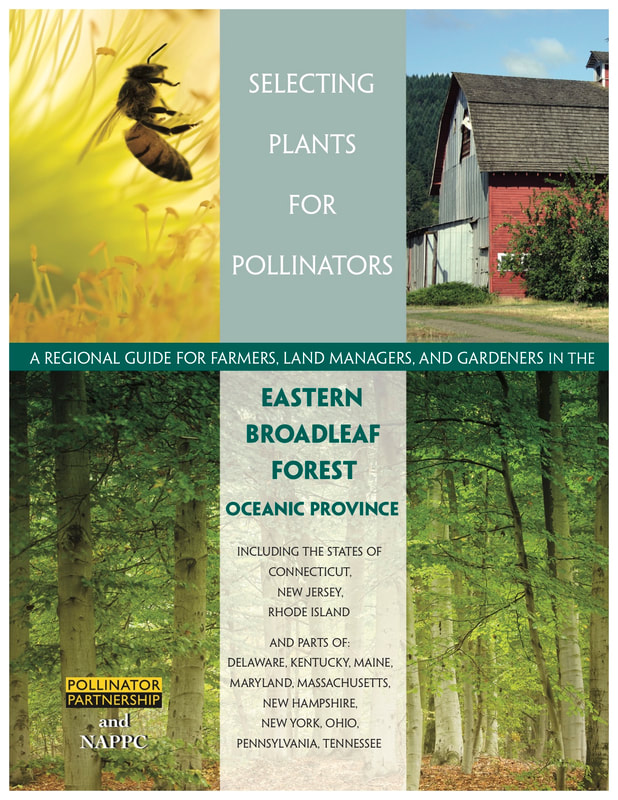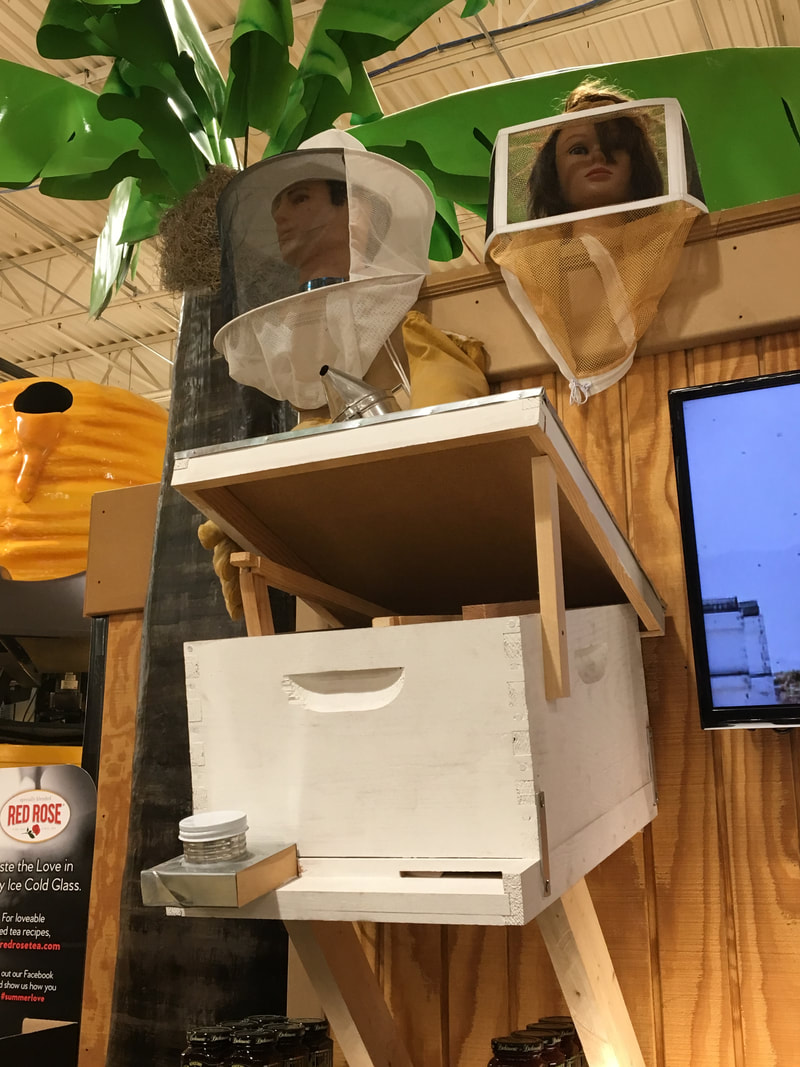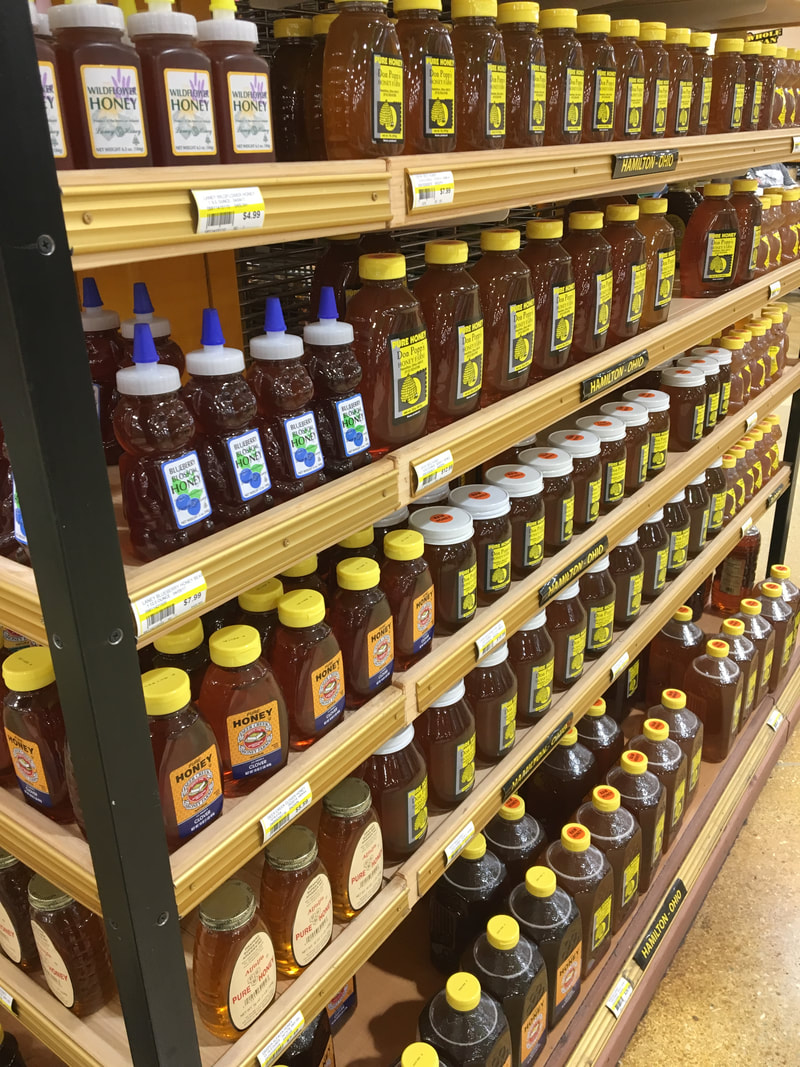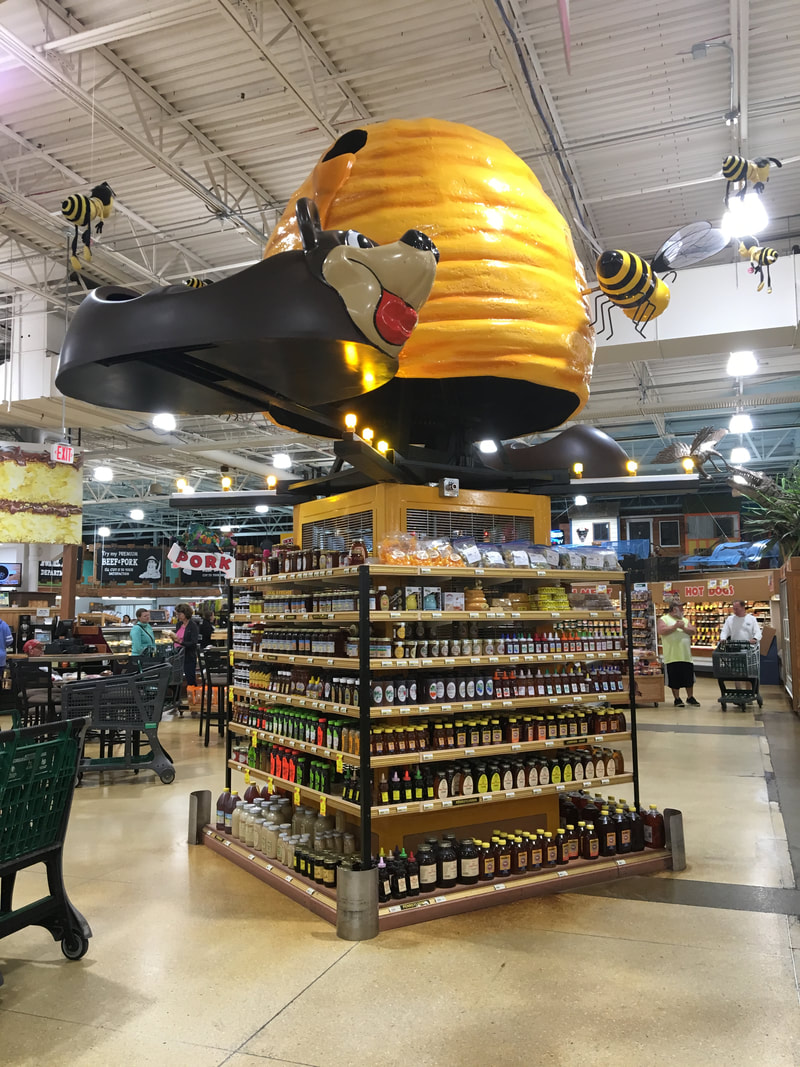Reimagining the Honey Bee through Indoor Hives
This project addresses the wicked problem of Colony Collapse Disorder (CCD) and the current perceptions of the honey bee. Currently, honey bees are rapidly disappearing as a result of various human actions including pesticides, monoculture, and loss of native flower species. Bees are necessary to human life not because of the honey they provide, but because of their efficient pollination. A problem that today’s culture faces is the lack of personal concern for the state of bees. This is due to an educational and relational disconnect between honey bees and humans. The goal of this indoor observational beehive is to bridge the gap between bees and humans by allowing the everyday person to keep bees in his or her home with little maintenance in a hive that they would want to show off. The hive was designed to be accessible to people of all socioeconomic backgrounds, whether they live in a house or an apartment. It requires no change to a person’s residence and will be sold at a lower price compared to alternatives. The hive also encourages the customers to become more educated about honey bees and get involved with their local beekeeping community. As a result, more of society will be personally invested in the lives of honey bees and will hopefully share in the movement to save the bees from CCD. In today’s day in age, it requires lots of people’s voices of concern and call to action in order to change the trajectory of businesses like agriculture and beekeeping.
This project addresses the wicked problem of Colony Collapse Disorder (CCD) and the current perceptions of the honey bee. Currently, honey bees are rapidly disappearing as a result of various human actions including pesticides, monoculture, and loss of native flower species. Bees are necessary to human life not because of the honey they provide, but because of their efficient pollination. A problem that today’s culture faces is the lack of personal concern for the state of bees. This is due to an educational and relational disconnect between honey bees and humans. The goal of this indoor observational beehive is to bridge the gap between bees and humans by allowing the everyday person to keep bees in his or her home with little maintenance in a hive that they would want to show off. The hive was designed to be accessible to people of all socioeconomic backgrounds, whether they live in a house or an apartment. It requires no change to a person’s residence and will be sold at a lower price compared to alternatives. The hive also encourages the customers to become more educated about honey bees and get involved with their local beekeeping community. As a result, more of society will be personally invested in the lives of honey bees and will hopefully share in the movement to save the bees from CCD. In today’s day in age, it requires lots of people’s voices of concern and call to action in order to change the trajectory of businesses like agriculture and beekeeping.




